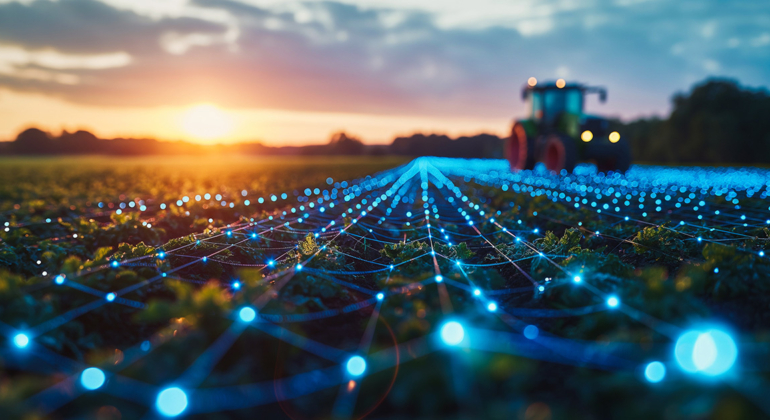The Looming Threat to Our Staple Food: Climate Change and Rice Production
These are unprecedented times for our lonely, blue planet. Global climate change has been driving deadly weather events, political unrest, and mass migrations. So, when we asked Dr. Peter Ward, a leading voice on the changing climate and what it means to human existence, to meet with the Action Mary team and tell us what worries him the most about global climate change, we were surprised about what scared him the most.
Salty Seas and Starving People: The Real Consequences of Rice Production Decline
Rice. Rice is more than just a good side dish. It is the most consumed food source on the planet. It is the primary source of calories for more than half the world’s population, and, it is estimated, the sole source of calories for close to a billion people. And rice demand is growing, particularly in Africa and Latin America, where it is fast becoming a primary staple food source.
Now, that doesn’t sound like much of a problem. As an agricultural product, we just need to grow more rice to meet the demand. And that’s where people like Dr. Ward lose sleep. Because the production of rice takes up about a third of the earth’s fresh water and it is generally grown in low-lying fields at the mouths of river deltas. And that means the production of rice is not sustainable in the face of a warming planet. If enough rice cannot be grown to satisfy even current demand, it will result in devastating political and humanitarian effects. There will be mass migrations, border skirmishes, and human deaths.
From Luxury to Necessity: The Shifting Landscape of Food Production and Consumption
The planet is warming. There isn’t much doubt about that now. As the planet gets hotter, ice trapped at the poles melts and sea level rises. Dr. Ward pointed out that sea level rise isn’t like a bathtub, it doesn’t rise in all places at the same time or the same rate. It rises in different ways in different geographic locations. Some places, like Miami for example, are more affected than others.
One place where sea level rise is already having a huge impact is in river deltas in Asia and in countries around the Indian Ocean, the exact area where rice is the primary or sole source of food for billions of people. Bangladesh provides a troubling case study. Seawater rise isn’t theoretical there. It’s a reality that is already affecting the population. Salt, from seawater, has already moved into groundwater in about 26% of the country. It has impacted the availability of fresh water and the production of rice. There are 165 million people living in Bangladesh. The country is building a stronger economy. But rising seas are problematic.
A World on the Brink: The Urgency of Addressing Climate Change and Food Security
We’ve already seen the political unrest that has accompanied refugees fleeing from Syria and Latin America, fueled in part by climate change. For one thing, that unrest has resulted in a tide of authoritarian sentiment. In the United States, it is already straining federal and state resources. Historic storms, drought, wildfires, and natural disasters resulting from climate change are also straining resources.
But imagine what will happen if the production of rice is severely restricted due to saltwater infiltration? An optimist will say that we will find other ways to grow rice or substitute other food groups to replace the calories that rice provided. But both of those require infrastructure in terms of research and large-scale transportation of food. What may result from the decline of rice production is large scale migration of starving people. And that means more conflicts and more deaths. Perhaps more troubling is that the loss of rice growing regions means the end of the age of comfort.
Climate change is already destroying the human capability to catch or grow food. In October 2021, the state of Alaska cancelled the seasons for Snow and King crab. Both those are luxury foods, expensive to purchase. But the fact remains that if people aren’t eating one thing, they will eat something else. Against that, it should be noted that worldwide crop production is down due to war and weather, 50 million chickens were killed this year in the United States due to a pandemic of flu, and the production of beef has major negative environmental impacts. It’s no wonder the price of food is rising, driving worldwide inflation.
Dr. Ward’s Call to Action: The Need for Leadership and Advocacy in the Face of Crisis
There are now eight billion people on the planet, and each one of us is looking for food and nourishment to live. And if someone can’t find it where they currently live, they will move to a place that they believe can provide it. And that will produce a strain on all food supplies.
Rice is a vital crop to humanity. And moving forward from this point on, we would all be wise to track the production of rice as a barometer of a changing world. And if you start to see the production of rice fall year over year, then you should be afraid. Very afraid. Dr. Ward told us that the one thing we can do, in the comfort of our current lives, is to vote for leadership that will acknowledge the problem and work to address it. Before it’s too late, we all need to be advocates.


